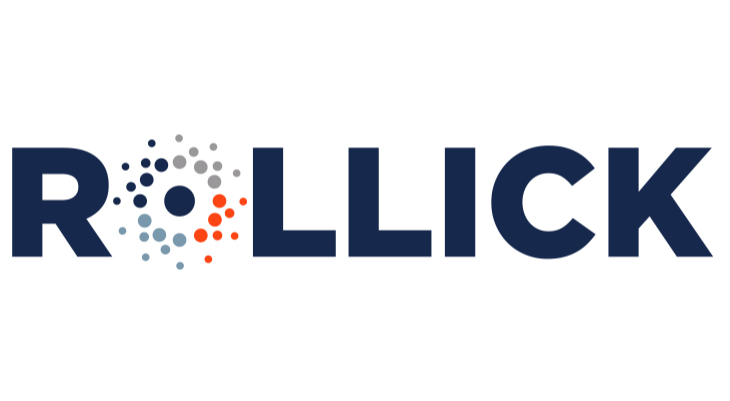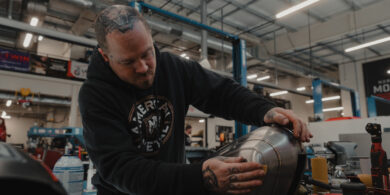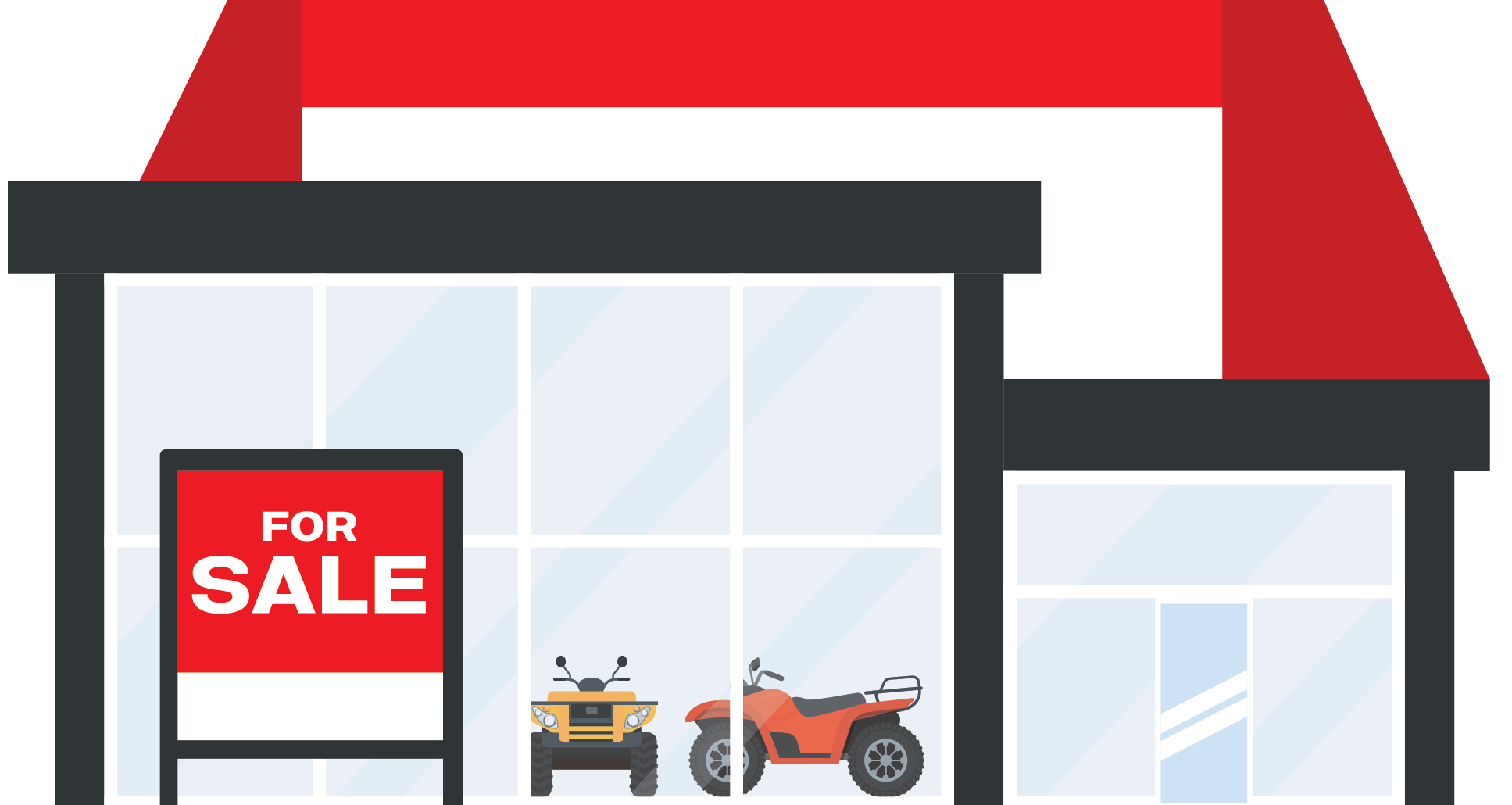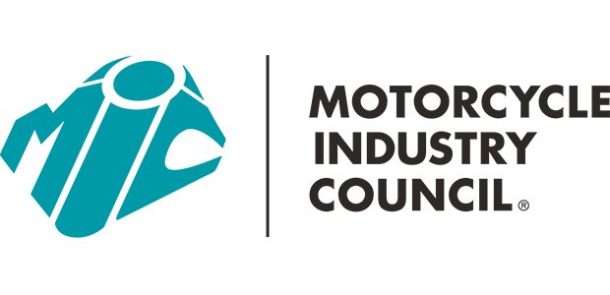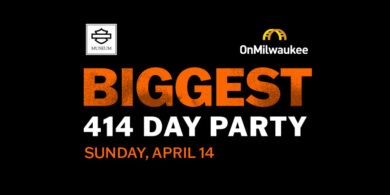Leveraging your lending options
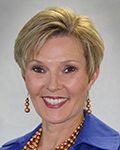 In March, the Federal Reserve made good on its promise to raise interest rates. While the increase was a meager quarter point, from a range between 0.25 and 0.5 percent to a range of 0.5 to 0.75 percent, Federal Reserve Chairman Janet Yellen has signaled that the Fed is slated to raise rates three more times this year. Ms. Yellen has said these increases would bring the benchmark borrowing rate close to neutral, with low rates no longer an encouragement for borrowing and risk-taking. This action signals an end to the Fed’s economic stimulus campaign, devised during the depths of the financial crisis more than eight years ago.
In March, the Federal Reserve made good on its promise to raise interest rates. While the increase was a meager quarter point, from a range between 0.25 and 0.5 percent to a range of 0.5 to 0.75 percent, Federal Reserve Chairman Janet Yellen has signaled that the Fed is slated to raise rates three more times this year. Ms. Yellen has said these increases would bring the benchmark borrowing rate close to neutral, with low rates no longer an encouragement for borrowing and risk-taking. This action signals an end to the Fed’s economic stimulus campaign, devised during the depths of the financial crisis more than eight years ago.
The Fed move has had modest short-term implications for consumers. Interest rates on automotive loans and some kinds of credit card debt have ticked upward, but remain at low levels by historical standards. 30-year mortgage rates have also remained largely unchanged.
The litmus test for interest rate increases includes economic growth, rate of inflation, consumer confidence and credit defaults. Any movement within these factors will likely impact the Fed’s willingness to bring forth additional rate increases. As Ms. Yellen has repeatedly commented, the Fed now expects the economy to grow 2.1 percent in 2017 and the agency will work toward an interest rate of 1.4 percent by year’s end.
Impact for powersports dealers – and their lenders
As early as January, lenders began seeing increases in loss ratios in the auto space. Their response was to tighten lending standards and pull out of subprime. Unfortunately, this also led to lenders tightening lending standards in the powersports space even more, regardless of the fact that more people are in the market for a powersports vehicle.
As we discussed in last month’s blog, there are primarily two types of powersports customers – those who view their motorcycle as a primary means of transportation and those who consider it a hobby or second vehicle. Lending to these two demographics is vastly different.
It would behoove dealers to ramp up their efforts to educate their lending partners on the differences between these two groups – and how to effectively lend to them. For the customer who needs a motorcycle to get to work, insulating the loan with an effective F&I product that keeps the bike on the road and a paycheck in the pocket is an effective strategy. Flexible lending terms and close evaluation of credit scores also makes sense.
For the hobby customer, a large cash-down arrangement or credit card financing might be an option. This customer is fully capable of affording the purchase – but may back away from unfavorable credit terms.
Regardless of the type of customer, both buyers will be negatively impacted by noticeable changes in either economic growth or a rapid change in interest rates. If either situation occurs this year, both dealers and lenders will need to work together to prop up the powersports market. While we expect to see slight growth in the market – especially in the third quarter – that growth hinges on several factors.
So keep an eye on the Fed, monitor the national and local economic factors, and keep the lines of communication open with your lender. And remind them that not all motors are the same.
Glenice Wilder is the vice president of Powersports for EFG Companies. A 33-year industry veteran, Glenice is responsible for growing and developing EFG’s action and powersports market channel. She combines her passion for motorcycles and her dedication to serving EFG’s customers to develop solutions that consistently exceed their expectations. Glenice acts as a strategic partner to assess her clients’ areas for improvement and how EFG can fill that role. She provides insight in how to increase productivity by pairing the right products within the right markets for the greatest return on investment.




